Late last year, the first comprehensive analysis of genetic diversity of Armenian grapevines was published in the Biology journal of the MDPI (Multidisciplinary Digital Publishing Institute). It summarizes the three-year long collaboration between Armenian scientists and the German JKI Research Institute (Institute for Grapevine Breeding Geilweilerhof).
GastroVino spoke with Kristine Margaryan, Head of the Research Group of Plant Genomics at the Institute of Molecular Biology of the National Academy of Sciences, Candidate of Biological Sciences, about the studies conducted in the field of grapevine genetics in Armenia and their impact on viticulture.
The unprecedented volume of the studies
The genetic diversity of the Armenian grapevines has never been studied so deeply before. This scientific article practically summed up the result of our three-year long work. To date, we have studied over 1,300 genotypes of cultivated and wild grapevines and included 492 of them in this study.
To complete this study, we have worked with international partners, received access to the largest collection in France, studied their archive materials and reviewed the herbariums. We have also studied the database of University of California, Davis.
German JKI (Julius Kühn-Institut), I am collaborating with, manages the grapevine database of the whole Europe. It contains information on over 85,000 genotypes, but information on only 15-20 is available. Only by working with them it became possible to use all the information for identification.
We have also studied the database of Bulgaria, Russia since we have collected a large number of samples which simply did not have names and there was a need to combine, identify the existing information.
We managed to find and restore lost grapevine varieties
We started the study with Gagik Melyan, who unfortunately is not with us for more than a year. He travelled in all Armenian villages and collected samples.
Before that we had studied old amperographies, we had a list of varieties considered lost but which at the same time have a great potential to withstand climate change, are frost-resistant and drought-resistant, are susceptible to certain diseases, or vice versa, are resistant to them, and which varieties have been used in wine production in the past.
We collected the huge information from the archives and with this list Gagik Melyan traveled from one village to another, being in lost gardens of the villages where there was a chance to find varieties.
Image by: Vine and Wine Foundation
As a result, we managed to restore and preserve the found varieties in the wine collection garden. A great, powerful potential has been discovered which was important from the viewpoint of both practical and fundamental science due to many discoveries about grapevine genome.
We have found a big clonal diversity of ancient varieties which are represented in old amperographies dating back to 1920, 1947 as separate varieties. For the first time we have carried out analysis of parental forms for the Armenian genetic diversities and did it all at the level of genome.
Sometimes I am asked “what’s the use from Germans”
The study was both time-consuming and demanded investments.
The project launched in 2017 funded by the Armenian-German grant announced by the Science Committee. The funds received would have been enough only to cover travel expenses while funds were needed for the main research.
Before this we had already collaborated with JKI, and as a result this research was funded by our German partners. We have already spent about 260 thousand euros.
Sometimes I am asked “well, what’s their use” (smiles-ed.) and I cannot convey the whole inspiration with which the Germans are studying the genetic diversity of the Armenian grapevine. It is a scientific interest since they manage the whole database and for them finding even one new genotype is a great achievement.
They often call Armenia reservoir of genotypes, interesting varieties which you can always study and find solutions relating to green agriculture or solve a number of issues viticulture is facing.
The problem of water resources is widespread all over the world today, and if you find drought-resistant varieties, their genotype can be very valuable.
“Armenia: Cradle of Grapevine Biodiversity”
We received very good feedback after the publication of the article. The editor-in-chief of MDPI contacted us, voicing his impression with the work and expressing wish to publish one of the magazines with a cover dedicated to Armenia. As a result, the magazine was published with a photo of Areni and “Armenia: Cradle of Grapevine Biodiversity” title.
It is very important as it raised Armenia’s recognition in the field by another degree.
I think the publicity of science is important. Certainly, no one in the CIS has carried out such volume of scientific studies but the name of Georgia is constantly being mentioned, for example. So, the work done must also be made public.
Soon our second article will be published. This year we definitely plan to publish an article in Nature magazine as well. The already published one was also accepted by it, they were impressed in terms of content and agreed to publish it, but we could not afford it as the cost amounted to over 9,000 euros.
A more educated generation of winemakers has come
We are currently working on a project with the University of Bordeaux in France and the Institute of Botany of the Chinese Academy of Sciences to identify the adaptive potential of Armenian grapevine varieties.
We want to understand how the plant’s immune system responds to different conditions, we want to find the genes that are responsible, for example, for frost resistance, drought resistance. The salinity feature is also important, as the soil in Armenia is quite saline.
We also work on resistance to many current diseases in the world. We have found the ability to resist oridium disease in our wild grapevines, which no one has studied before us.
It also has a health component, because by detecting genes that provide resistance, it will be possible to avoid using pesticides.
Now we have applied for a project, we want to crossbreed wild grapevines with our native grapevines and try to transfer those genes from wild to native ones. I want to emphasize that this is not a GMO (genetically modified organism), the transfer of genes will be done naturally through pollination. This will be a practical help in the field of viticulture and winemaking.
Second, we do molecular identification of viruses that no one knew about before. This is the field where we started working from scratch. Hopefully, we will be able to do research on phylloxera, which is one of the biggest threats to our vineyards. The orchards of the Ararat Valley are infected with it today. A clear strategy must be developed to be able to keep Syunik and Vayots Dzor orchards free of phylloxera, because all our important native varieties are especially in those two regions.
Image by: Mediamax
In terms of winemaking, we actively cooperate with the Vine and Wine Foundation and share all the results of our research.
It is very important that knowledge-based winemaking has started to be highlighted in Armenia. A much more educated generation of winemakers has come which sees how this field is being operated in the world. In terms of winemaking, it is important to find and use old native grapevine varieties. You can surprise the world only with wine having new taste and aroma. You can not, for example, grow Merlot in Tavush and compete with France, Italy and Spain.
The best scientific centers try to cooperate with us and study the variety of grapevines we have, but, for some reason, we constantly ignore ours and try to import European varieties. Their import, by the way, often leads to the spread of various infections, because there are clear rules that must be followed.
I am very happy that winemakers have become interested in science. A lot of people call me and say they have found a new variety or ask for advice.
Another good thing is that our funding has slightly increased. Thus, we will have the opportunity to carry out more projects.
Yana Shakhramanyan



 ×
×
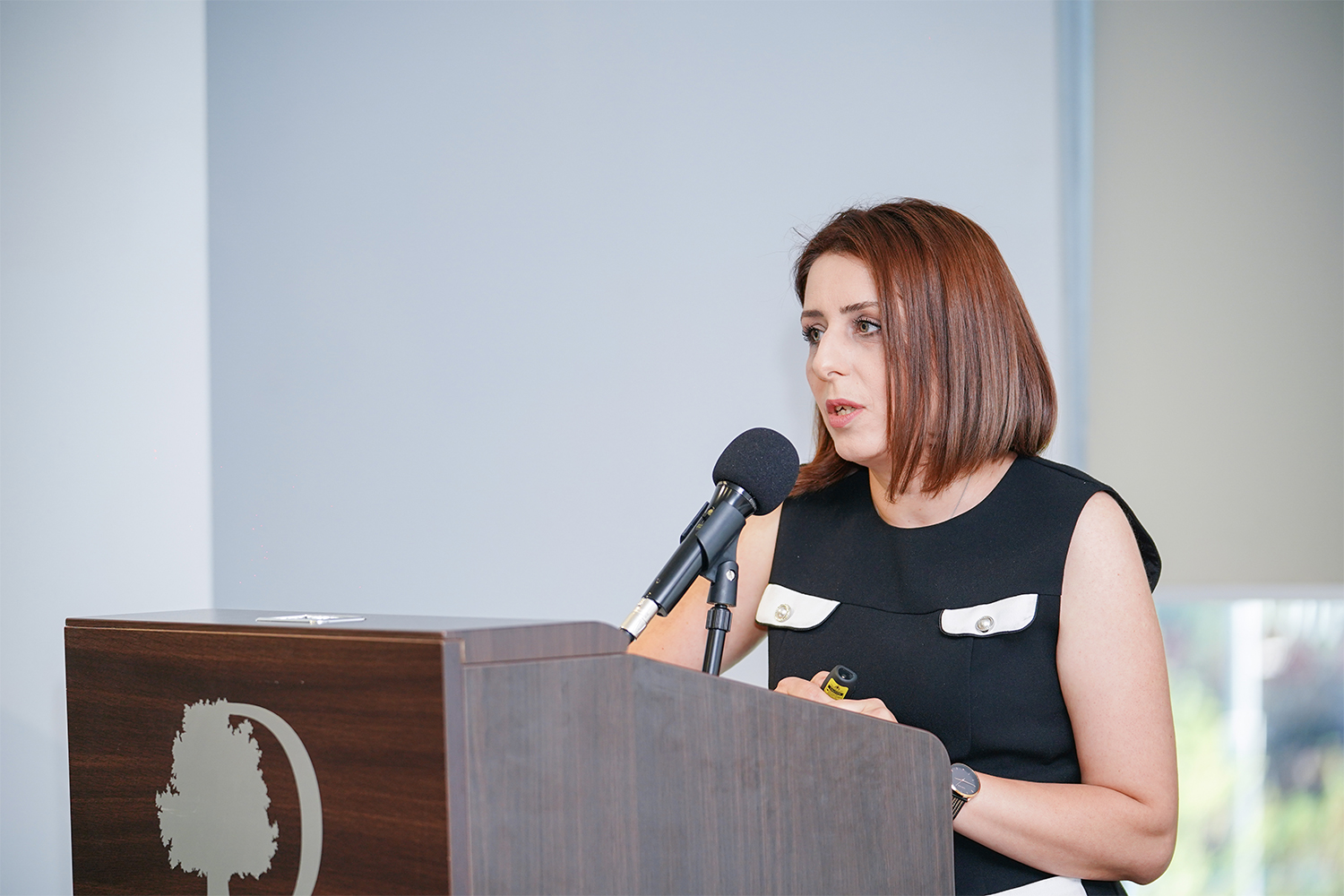

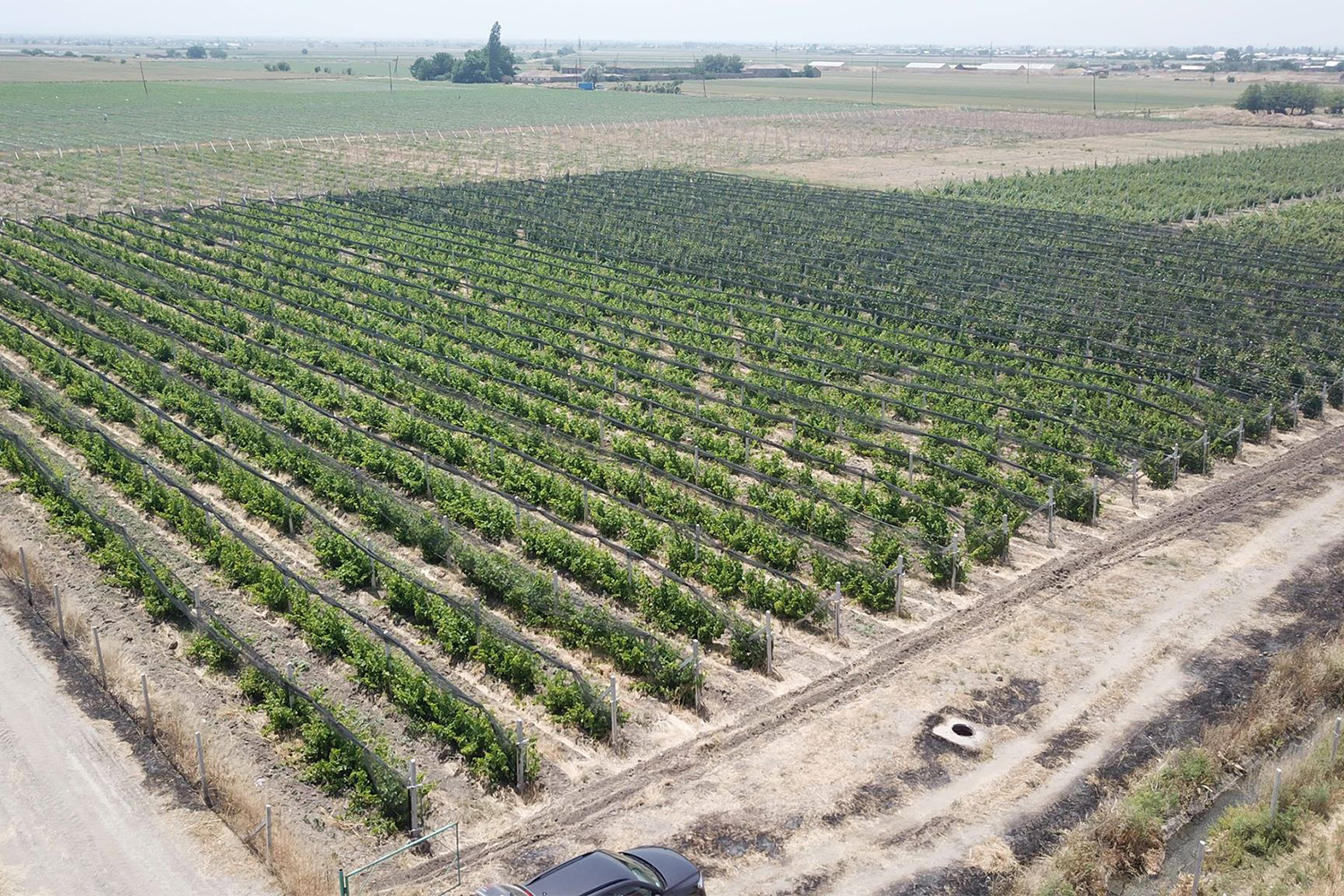
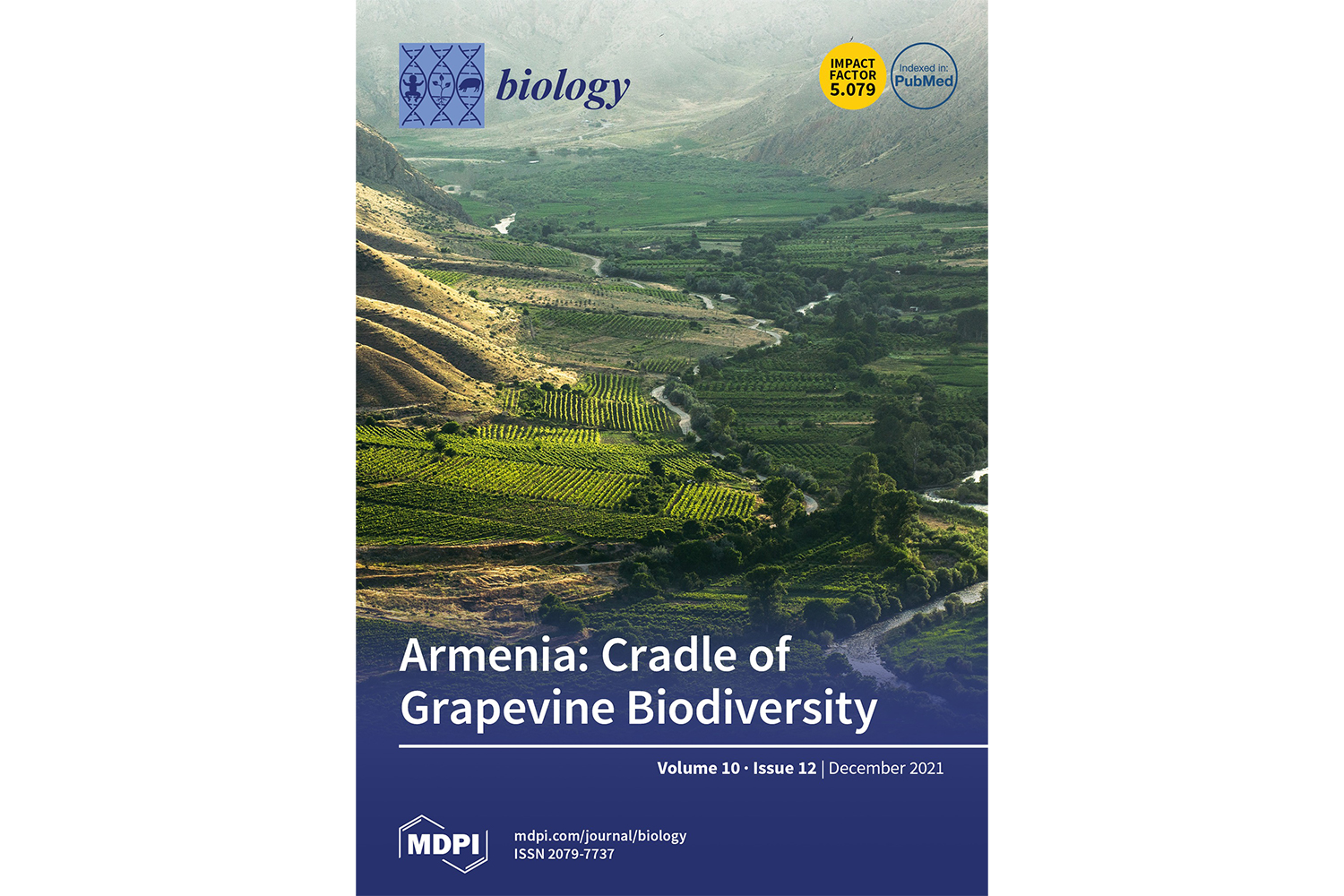
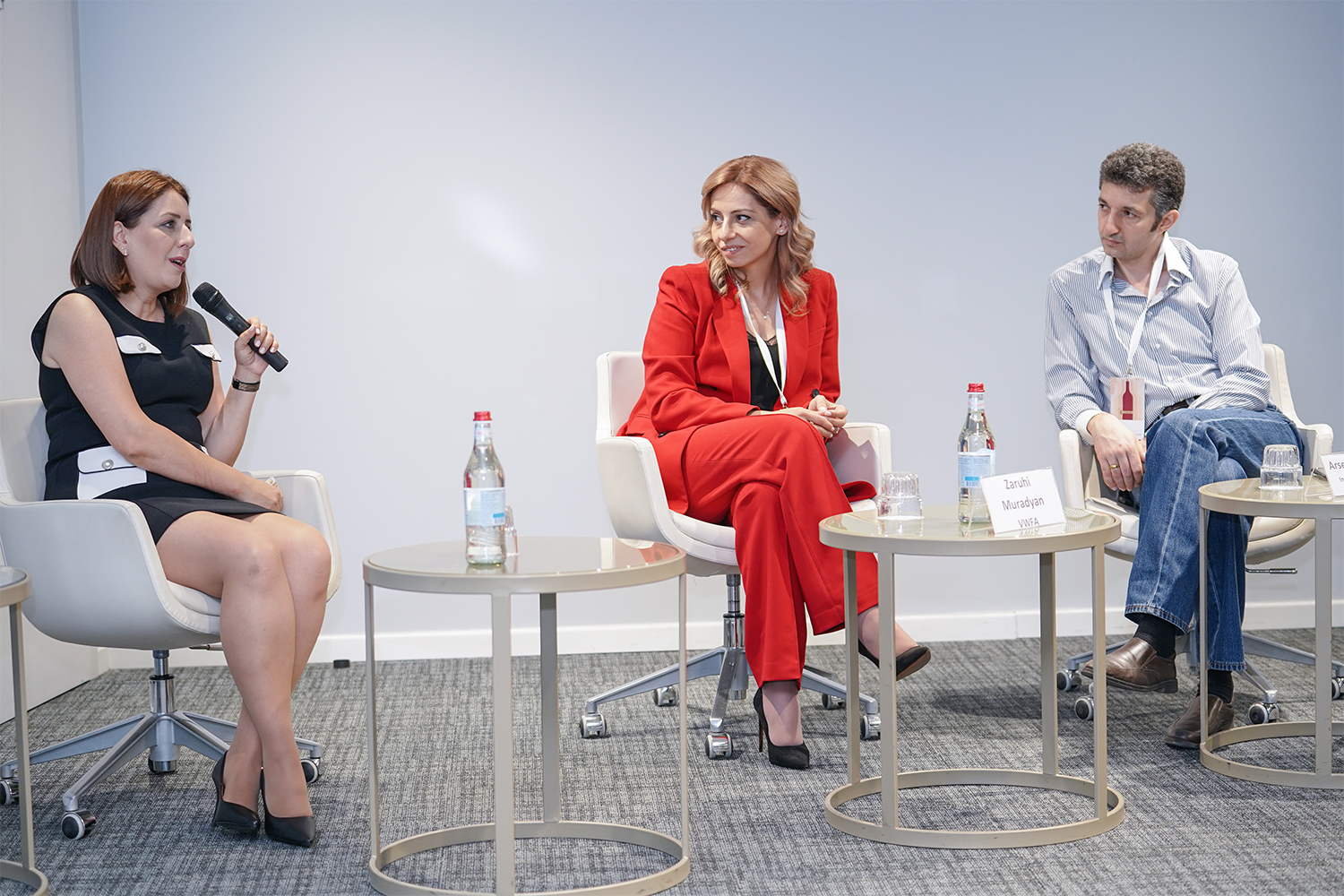




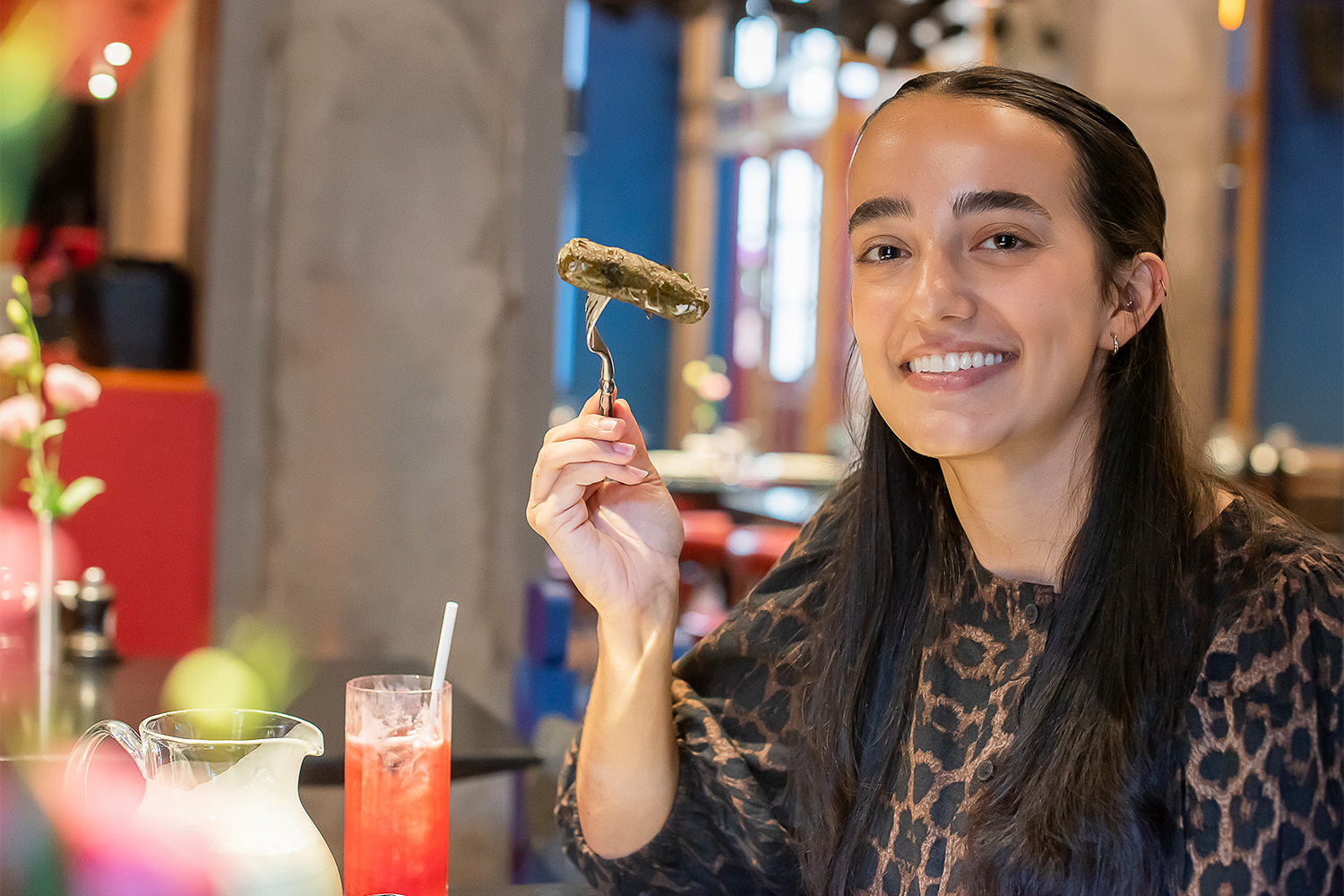



Comments
Dear visitors, You can place your opinion on the material using your Facebook account. Please, be polite and follow our simple rules: you are not allowed to make off - topic comments, place advertisements, use abusive and filthy language. The editorial staff reserves the right to moderate and delete comments in case of breach of the rules.